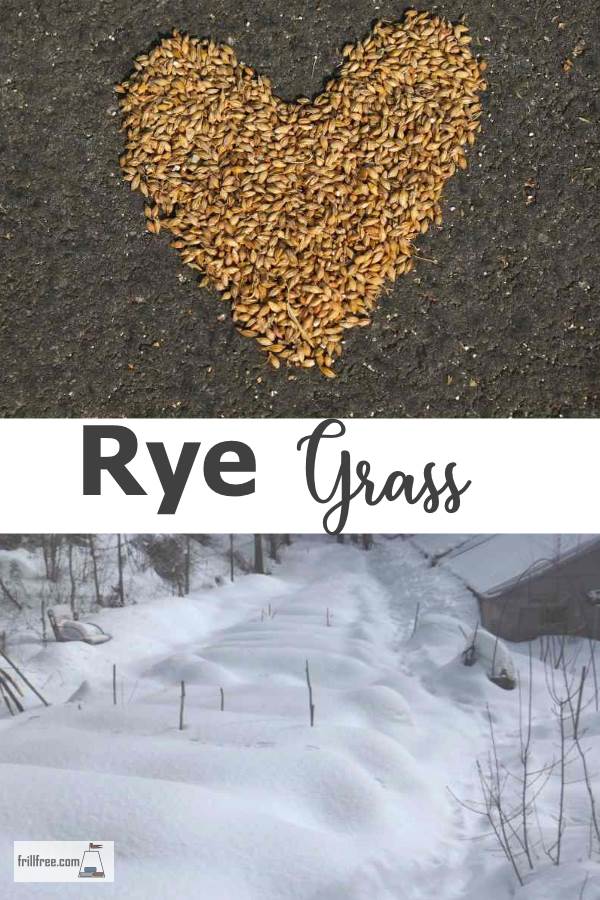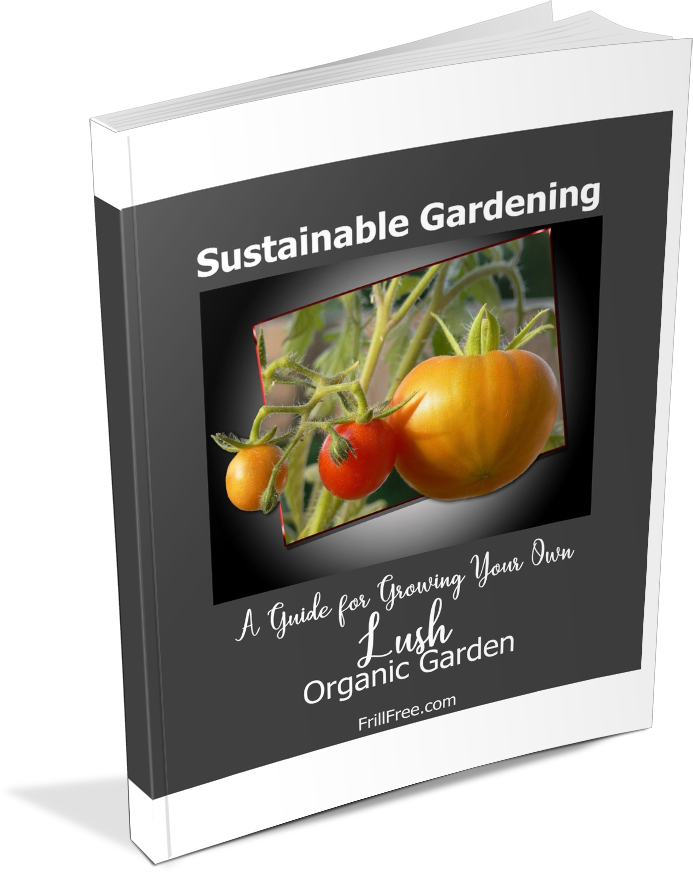- Homesteading
- Soil Fertility
- Cover Crops
- Rye Grass
Rye Grass
Cover Crop extraordinaire
Perennial rye grass is a pernicious weed if it’s allowed to get established, so make sure you buy the seeds of fall rye, which is an annual rye grass.
As one of the very few non-leguminous cover crops, rye grass has a few really useful traits. Sown in the late summer or fall on harvested beds, the roots of ryegrass hold the soil in place during late fall rains, and into the winter.
I’ve bared off beds that were seeded with fall rye grass to find that the plants have grown even under the snow. The top growth is typical grass like form, with wide spreading roots.
I use fall rye as a protector for exposed beds that won’t be mulched. Bare soil in an organic sustainable garden is a no-no.
Soil erosion can be a huge problem if you’re gardening in areas that get torrential flooding through the autumn.
Even those places that get lots of snow are at risk if the spring thaw happens too quickly for the snow melt to soak in.
If you don’t mulch with some kind of organic material such as straw, hay, fall leaves or grass clippings, make sure that there is something to hold the soil in place through the winter.
This is especially important if you don’t get snow cover, and worst of all is in areas that get high winds in winter or early in spring.
Your precious soil can be whisked away by scouring winds, so cover it to protect it by any means possible.
Find fall rye seeds in garden centers, mail order, or in farm supply stores.
A few kilograms or pounds can go a long way; avoid getting more than you can seed in one season to avoid pests such as mice or chipmunks, or weevils.
Store in a dry place in a jar or re-seal able container.
The seeds will germinate in a week or so in
warm soil, so scatter a handful of seeds whenever a bed has been
harvested to allow
the rye to do its job; protecting the soil. Scratch the seeds to cover
them with soil - this will hide them from birds or other critters.
As an added bonus, dogs in particular love the taste of fresh greens – this will eliminate that pesky problem of their attraction to compost or worse, fresh horse manure.
This cover crop can be dug in whenever it’s reached a few inches (several centimeters) or covered with a thick mulch of straw or other light reducing material such as several layers of newspaper or newsprint – your earthworms will thank you.
Leave it over winter to prevent soil erosion, but make sure you dig it in or smother it before it sets seed or you'll never be rid of it.
















